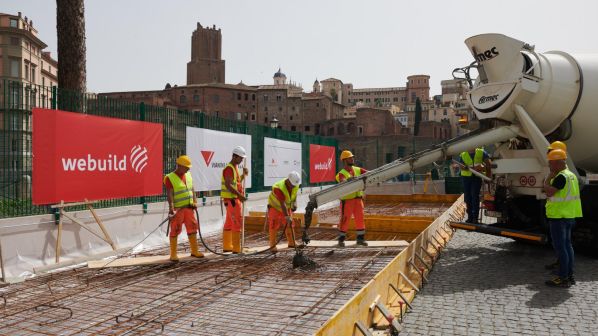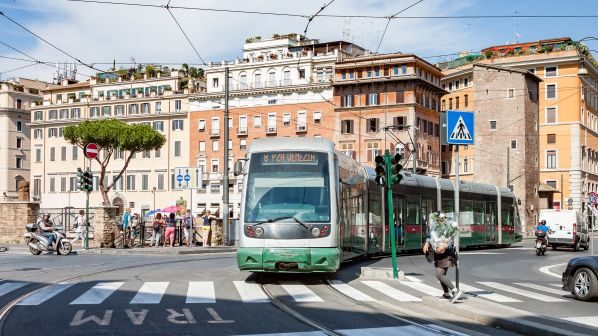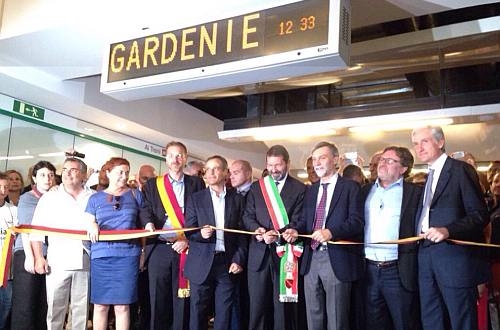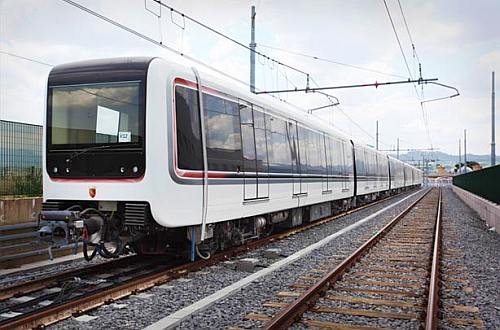WORK has begun on the future Venezia station on the under-construction western extension of Rome Metro Line C. The station is being built by the Metro C consortium led by Webuild and Vianni Lavori.
The extension will add 7km to Line C, which runs for 19km and serves 22 stations between Montecompatri/Pantano in the eastern suburbs and San Giovanni near the city centre. Tunnelling has been completed between San Giovanni and Venezia, with work underway on Porta Metronia and Colosseo/Fori Imperiali stations on this section. Both these stations are due to open in the second half of 2024.
Design work is underway for a further extension from Venezia towards Clodio/Mazzini with another four stations, while a further extension from Clodio to Farnesina with two more stations is proposed. Line C is Rome’s first driverless metro. It provides interchange with Line A at San Giovanni, and will interchange with Line B at Colosseo, the future Line D at Venezia, and again with Line A at Ottaviano.
The ceremony marking the start of construction of Venezia station was attended by Italian minister of transport and infrastructure, Mr Matteo Salvini, Rome mayor, Mr Roberto Gualtieri, special commissioner for Line C, Ms Maria Lucia Conti, and City of Rome council member for mobility, Mr Eugenio Patanè, who were welcomed at the site by Webuild chief executive, Mr Pietro Salini along with officials from Rome Metro, Metro C and Vianini Lavori.
Webuild says Venezia station is a unique engineering challenge due to its location surrounded by historic monuments and museums, with road and pedestrian traffic expected to continue without interruption while the new station is being built.
The station will have eight levels below ground and three entrances, two leading to Palazzo Venezia and Auditoria di Adriano with escalators and a bank of lifts, and a third towards Vittoriano with an open staircase. Each level will cover 4500m2, with the lowest level approximately 45m underground. Construction of the containment walls will require excavation work up to 85m below ground level. The station will also serve as an archaeological museum, with the first level dedicated to displaying artifacts uncovered during the excavation of an estimated 66,000m3 of material.
The project has required an estimated 1500 suppliers, 98% of which are from Italy.
For detailed data on metro projects around the world, subscribe to IRJ Pro.




